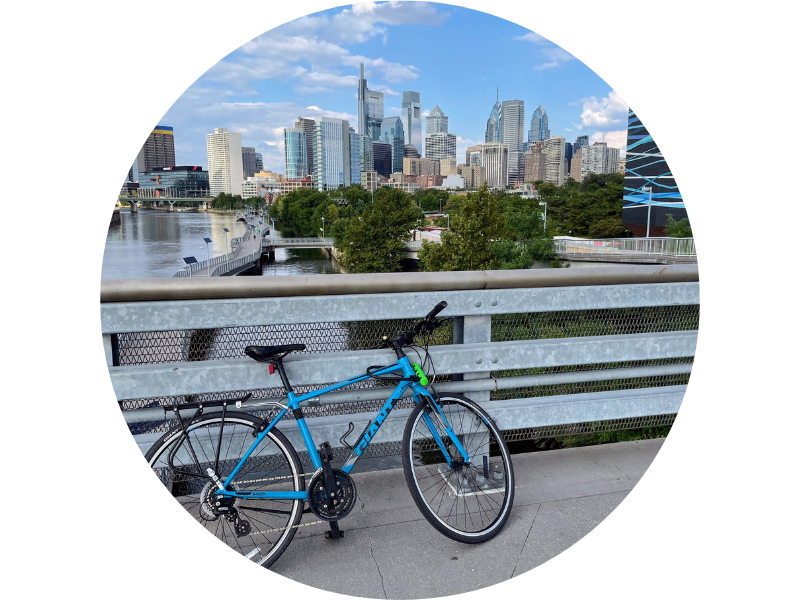Michael Dunst

University of Pennsylvania Master of City Planning student
Passionate about and skilled in transportation planning, real estate development, and creating livable cities.
View My LinkedIn Profile
Senior Capstone Paper: Contemporary Bicycle Infrastructure Planning: Sources of Opposition and Planning Strategies
Project description: One aspect of bike planning has been building infrastructure in low-income and minority communities. On one hand, this seems sensible given low-income people of color are the largest cohort of cyclists in the U.S. However, many bike infrastructure projects have met opposition from local residents. Assuming cycling is generally accepted as a beneficial mode of transportation and that the type of people in these communities are open to cycling, why is there opposition? And, how can bicycle planners and advocates work best to address this sentiment?
1. Findings: Sources of Opposition
The main source appears to be a fear of gentrification and the resulting displacement of local residents. This connection is undeniable given the way in which new capital is associated with bike infrastructure. Associations with wealthy neighborhoods in general are also hard to avoid given a history of investment there and research showing more bike infrastructure in wealthier and more educated neighborhoods.
The next most influential source of opposition is a distrust in planning from local residents. Modern planning processes are mainly top-down and technocratic run by educated, white, wealthier people; bike projects are also often included in fast-tracked processes because of their low cost. This can inspire suspicion amongst residents.
A third source of opposition comes from historical government relations with these communities. A history of large-scale projects segregating and displacing residents combined with a lack of investment in areas like street maintenance and snow plowing leads some residents to question the motives of the city now that it appears to pay attention to these neighborhoods.
2. Findings: Planning Strategies
Bicycle planning is context-sensitive and thus it is difficult to find a one-size-fits-all approach that will succeed in every situation. However, based on the analysis in this paper, some possible strategies were identified. First, is the possibility of avoiding gentrification by following the ethos of “just green enough”. Allowing residents to guide projects, doing smaller, more spread out projects, and using projects for other things like urban agriculture has been proposed as a way to “green” a community without leading to gentrification.
Second, is using municipal funds to avoid displacement after the construction of a new project. This has been used in the vicinity of Chicago’s “606” bike project to help pre-existing residents. However, this requires sums of public money to be viable.
As for the planning process, finding ways to connect residents to planned engagement meetings and public comment periods is key. Often, local residents know better than planners what is needed to improve their community. In order to get more project support, it can be helpful to frame projects in a way that fosters a personal connection between the infrastructure and local residents. It is also important to not just frame projects a certain way but ensure that they are actually beneficial.